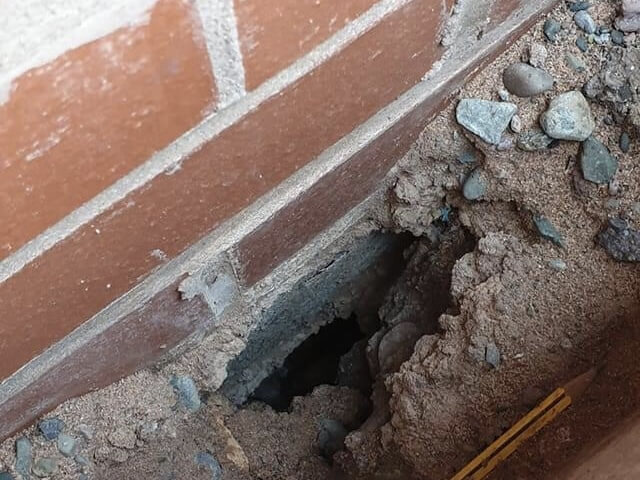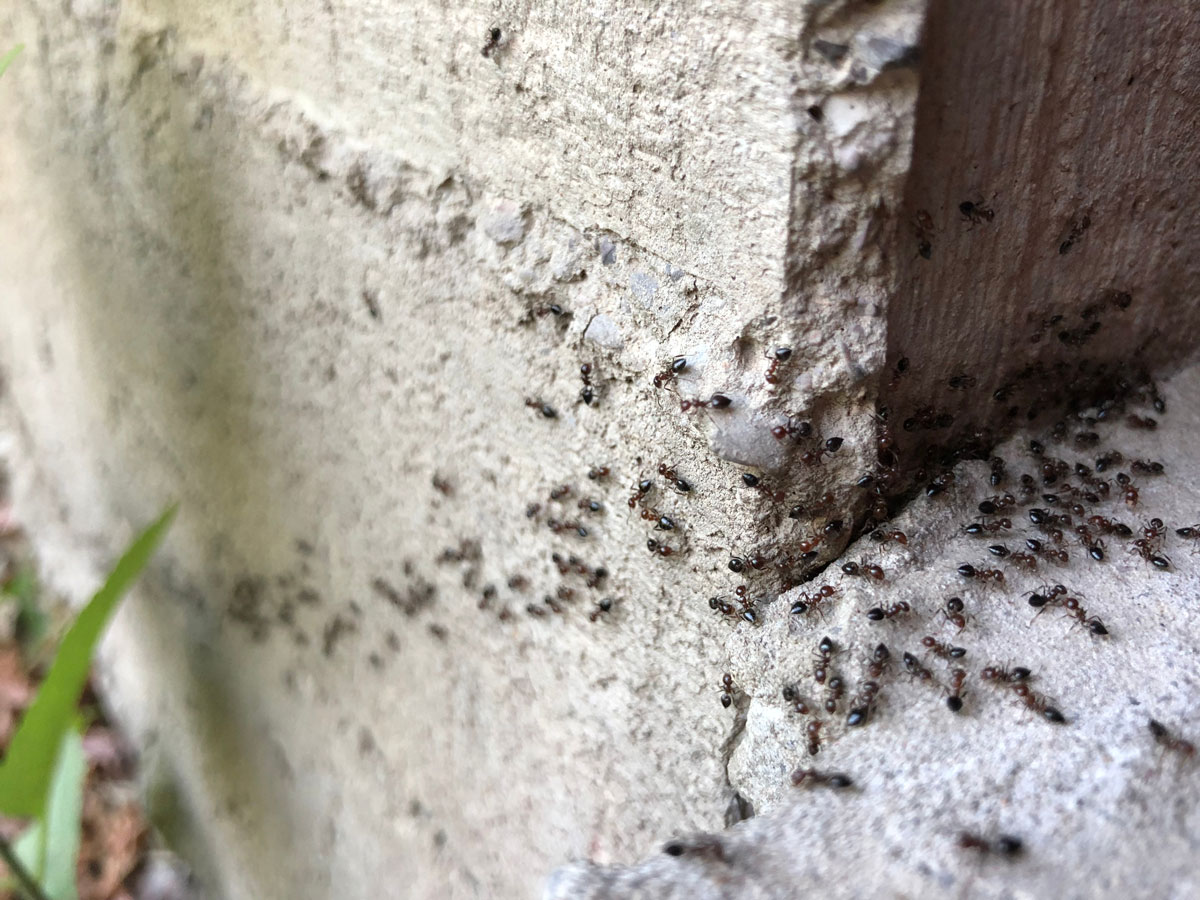Infested with fleas? Here's how to get them out
September 15, 2022

Fleas are more than a nuisance. They can also cause serious health problems for your pet. Here are some tips to get rid of fleas.
How to Deal with a Flea Infestation
You need to know more than simple ways to bathe your dog to rid them of fleas. Flea control is not a simple task. Due to the fleas’ life cycle, abilities, and habits, fighting a flea infestation can take days or weeks. Although it’s not an easy task, it must be done correctly. This article will tell you everything you need to know to eliminate fleas from your home.
Flesh-killing at the source
Pets most often cause flea infestations. Fleas can be caught from pets, such as your cat or dog running around in the garden or other animals while boarding or playing with them. It is essential to treat the root cause of the problem immediately.
Begin by using a flea brush. Pay special attention to your pet’s neck and tail, as those are fleas’ favourite areas. To kill fleas, rinse your comb with hot soapy water. Talk to your veterinarian about flea treatment options for your pet. Your veterinarian will be able to recommend the best flea treatment for your pet based on the type of fleas and the climate. Many flea treatments can be used safely and effectively for cats and dogs. There are many options available for flea treatments. These could include spot, topical, or oral treatments. Shampoos, sprays and dust can also be used. These treatments must be applied regularly by you or your veterinarian.
Remember to treat all your pets for fleas. Fleas can jump from one pet to another, causing an infestation. Flea treatments do not need to be used monthly but only once in a few months. Protect your pet’s health with topical and oral treatments before the flea population increases in the “flea season”. Learning how to eliminate fleas is ultimately about embracing prevention.
Prep your home for flea treatment
Next, remove all stray items from any carpeted areas in your home. These items include clothes, shoes, boxes and papers. Your vacuum should be able to reach as much carpet as possible. You should also ensure that you get rid of items in closets and under beds. You should also consider moving furniture if possible. If fleas cannot get under larger items, like dressers and bookcases, you can leave them in place.
Cleaning up after pets and children
You should remove cats and dogs from your home. If possible, birds and fish should be removed as well. You should cover aquarium tanks, bird boxes, and any food dishes or bowls. All systems provide support for the pet’s environment. You should do this while the whole family is away.
How to deal with severe flea infestations
If you have severe flea infestations, it is best to throw away all pet bedding. Wash the bedding in hot soapy water to kill flea eggs and larvae. This should be done at least once a week until the infestation is gone. It’s essential to clean your pet’s bedding regularly, even if the infestation is over. Dry cleaning is also possible, but you should be careful not to transfer fleas from your dry cleaner to other customers.
Create a plan for killing fleas
After clearing your home, go through each room and look for any signs of fleas or larvae. Fleas can appear as tiny, dark spots on carpets that disappear as fast as they arise. Fleas will congregate where pets sleep most. Fleas prefer to be in areas with low foot traffic and avoid places that receive a lot of sunlight.
Pay attention to the visible blood and dried faeces left behind by fleas. These should be easily visible on your pet’s bedding and lighter-coloured rugs. These secondary signs are sometimes called “flea dirt” and resemble grainy specks or black dandruff. The flea larvae eat this flea dirt to grow into their pupae. Removing the flea dirt from areas where they are producing is essential. You should be aware of areas containing flea dirt. These breeding areas require extra attention when vacuuming is performed.
How to eliminate fleas from carpet
After clearing the space, you can vacuum the entire house. You should also get under the beds and other furniture you were unable to move. Corner attachments can be used for heat vents and baseboards, as well as floor cracks, room corners, carpet edges, and floor cracks. You should pay particular attention to carpet areas where pets spend much of their time or sleep. You can check for areas and furniture that collect pet hair if you aren’t sure where your pets sleep. You should be attentive to where you spend most of your time or sleep. Fleas can spread diseases to humans, so ensure you are thorough for your pets and your family.
Vacuuming is more than just killing fleas. It will also address the more significant problem of flea infestations, such as larvae, eggs and pupae. Vacuuming will not only eliminate the adult fleas, but you’ll soon be dealing with a new generation. Vacuuming can also be used to remove the flea food sources, such as dried blood and faeces. Vacuuming also stimulates fleas’ desire to escape their cocoons early. This is essential to killing fleas thoroughly, as the cocoon is highly resistant to insecticides. The carpet’s nap will rise as you vacuum. This allows insecticides to penetrate the fibres more quickly, making it easier for fleas to develop.
You are not yet out of the woods
After you have vacuumed carpets and throw rugs clean, move on to hardwood floors, linoleum and tiles. Next, vacuum upholstery cabinets and cushions. It’s a good idea to seal any disposable vacuum bags in a bag and throw them out. You can replace it with a new bag. This thorough vacuuming should be repeated every other day until you are free of fleas (typically between 10 days and one month). Steam cleaning is recommended for severe infestations. Although the heat can kill most adult fleas, not all eggs, it may be necessary to steam clean before vacuuming. To ensure that you kill fleas as soon as they hatch, vacuum each other day. Some may make it to adulthood. Even after vacuuming and steam cleaning, insecticides are often a third step for moderate to severe flea infestations.
Even then, most flea sprays do not kill the pupae. This means that you may see some fleas in the coming weeks. Vacuuming is essential as it encourages fleas to hatch early, exposing their bodies and organs to residual pesticides. As long as your pets have been treated, vacuuming should suffice to eliminate the remaining population. This can be a time-consuming task that is not as effective or easy as calling a professional pest management company.
How to eliminate fleas from your garden
Many factors could lead to an outdoor flea population high on your property, including crawl spaces where wildlife or feral strays might rest and sheltered enclosures like dog houses.
To make your garden more sunlight-friendly, you can remove any low-hanging branches. This will dramatically reduce the number of fleas. Sometimes residual insecticides and growth regulators can be applied if treatment is required. It is important to follow the label’s instructions and leave treatment to a professional pest management specialist. You, your pets, and your family will be safe while outside. To ensure that the source of the infestation is eliminated, it is best to treat your garden and home for fleas on the same day.
This is the fastest way to eliminate fleas from your home.
It’s not easy to get rid of fleas from your home. It can be time-consuming and not always 100% effective. Even if everything goes well, you will likely have to continue killing fleas for at least the next two weeks. This is not something you have to do alone. Learn how to quickly kill fleas from flats and houses by flea removal service to eliminate infestation.


Contact Us Today same day call out available
Having rats, mice and squirrels in your property or place of work can be traumatising, not only for the effect on your health, but also the damage that can be caused to personal property, belongings or stock.









